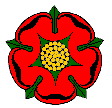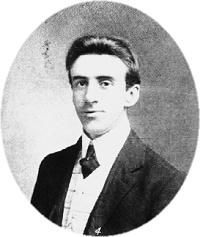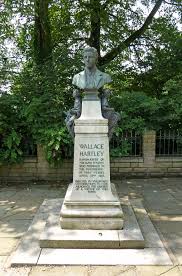 |
The Township of Colne, Pendle |
 |
The chapelry of Colne embraces the townships of Colne, Marsden and Foulridge, Barrowford Booth in Pendle, and Trawden.
Colne is a town and civil parish six miles north-east of Burnley, 25 miles east of Preston, 25 miles north of Manchester and 30 miles west of Leeds. It is a market town and the cross allowing a market to be held there dates to the 15th century. The cross was originally at the junction of Colne Lane and Church Street. It was first moved to the grounds of The Gables on Albert Road, the location of Colne Library until around 1970. It has now been relocated to outside the Market Hall on Market Street, part of the main road through the town centre.
This traditional Lancashire market town lies beneath Colne Edge close to the Leeds and Liverpool Canal. It was established as a settlement centuries ago, pre-dating Roman times.
Following the Norman Conquest, the Forest of Trawden was planted near-by, this was eventually used for hunting by Norman Lord's and Barron's. The forest is well known for numerous reservoirs dotting its landscape, they are mostly used for water supply, but some are now available for leisure activities such as boating and fishing.
A weekly market was held in the churchyard at the top of a hill, the church is known to have existed here since early in the 12th-century, and oddly, because the market was established through practice the town, unlike other market towns, was never given a charter. The market was always a busy affair drawing crowds from all around the area, these near neighbours also poured into Colne for its annual fair which took place on St. Bartholomew’s day, the 24th of August.
Two mills were in existence by this time, one a fulling mill, the other a corn mill, these gave employment and when coal began to be mined it brought more people to the town. By the time of the 15th-century wool was at the centre of the economy and several trades and small industries had begun to flourish, including brewing.
 | |
Today, Colne is a lively place which still has a thriving outdoor market (although no longer held in the churchyard) and many interesting shops. Visitors to the town will enjoy seeing some fine buildings, these include historic St. Bartholomew’s Church, the imposing Municipal Town Hall and The British and India Museum with its fine collection of memorabilia from the 17th-century when India became part of the British Empire. On show are uniforms, regalia and other items to do with British rule of India, as well as photographs of Queen Victoria with her Indian servants. The museum has a wealth of colourful interest for every member of the family. Colne Market Hall is a "must see" it is a modern day building of glazed colonnades and canopies, this has recently been the subject of costly refurbishment by the local council.
 | |
Wallace Henry Hartley (2 June 1878 – 15 April 1912) was an English violinist and bandleader on the RMS Titanic on its maiden voyage. He became famous for leading the eight-member band as the ship sank on 15 April 1912. He died in the sinking. He was born at 92 Greenfield Road in Colne, the eldest son and second child of Albion and Elizabeth Hartley. Wallace was educated at the Wesleyan School on George Street. His father was a mill manager in the town and had strong links with the Bethel Independent Methodist Chapel in Colne. It was here that Wallace was introduced to music, joining the chapel choir and later learning the violin.
 | |
Wallace Hartley is commemorated in his birthplace by a fine memorial. The memorial was funded through voluntary subscriptions from the public. The memorial stands on Albert Road, west of the Providence Independent Methodist Church and Colne's war memorial to the men of the town killed or missing in action during First and Second World War.
 | |
His grave is in the local cemetery
| Pendle Home & Contents | ©Lancashire OnLine Parish Clerks | Lancashire Home |